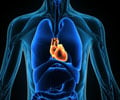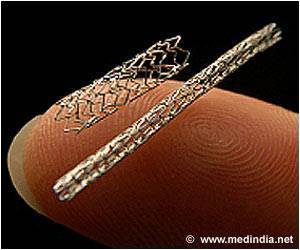The risk of heart disease increases in later life with obstructive sleep apnea, states a new study.

In OSA, the airway collapses during sleep, leaving patients struggling to breathe.
OSA can predict a risk of heart diseases in men up to 70 years of age. Although, researchers have not found any relation of the OSA with women, but have said that the further study on women is warranted.
In the study researchers defined OSA as an hourly average of 30 or more breathing interruptions causing oxygen depletion and lasting at least 10 seconds.
This can cause blood oxygen to drop and can rouse people from sleep with a burst of adrenaline that increases blood pressure, which may contribute to vascular problems.
After adjusting for known heart risk factors, researchers found that men with the most severe OSA faced a 58 percent higher risk of developing heart failure than those without OSA. And those men aging 40 to 70 with the most severe OSA had a 68 percent higher risk of developing coronary heart disease than those without OSA.
The 1,927 men and 2,495 women were 40 or older and free of heart problems when the study began. Twenty-four percent of the men and 11 percent of the women had at least moderately severe OSA. Researchers assessed participants' health for a median follow-up of 8.7 years.
The study was published in Circulation: Journal of the American Heart Association.
Source-ANI
 MEDINDIA
MEDINDIA



 Email
Email










